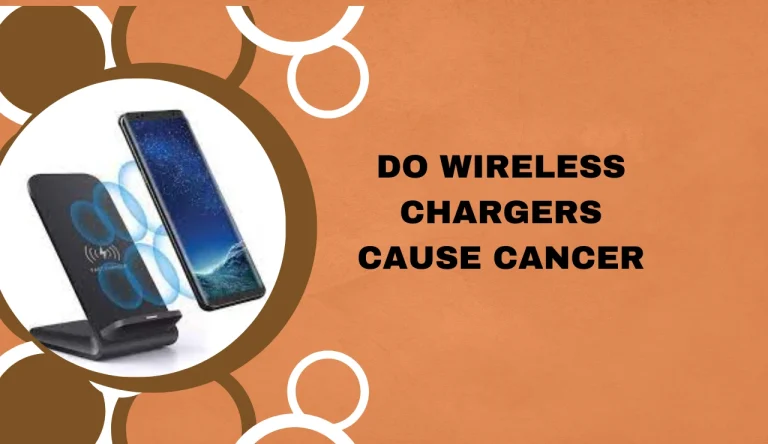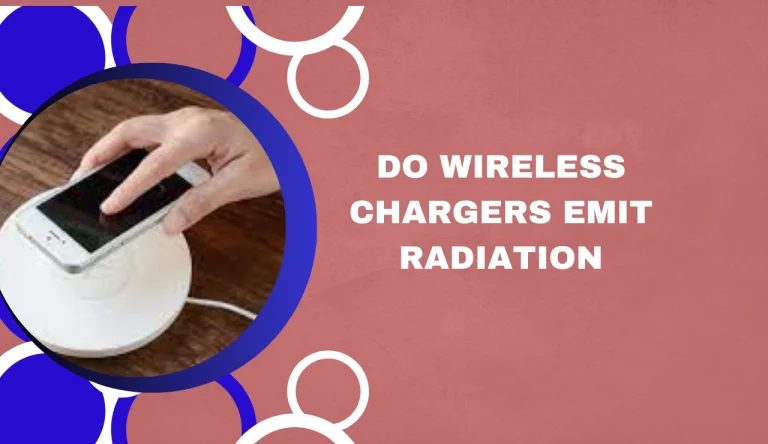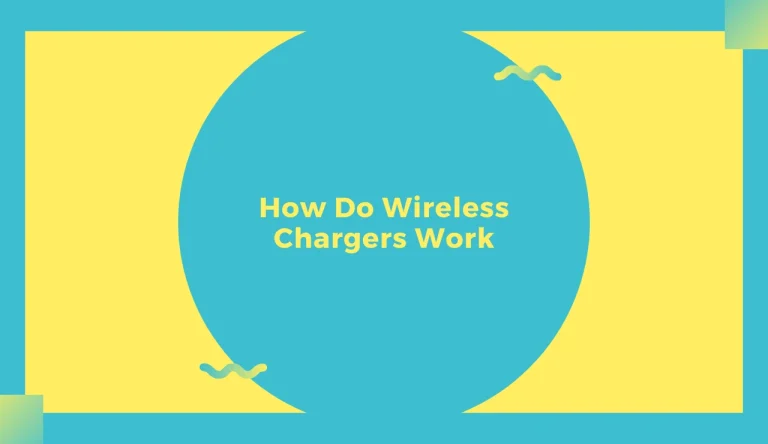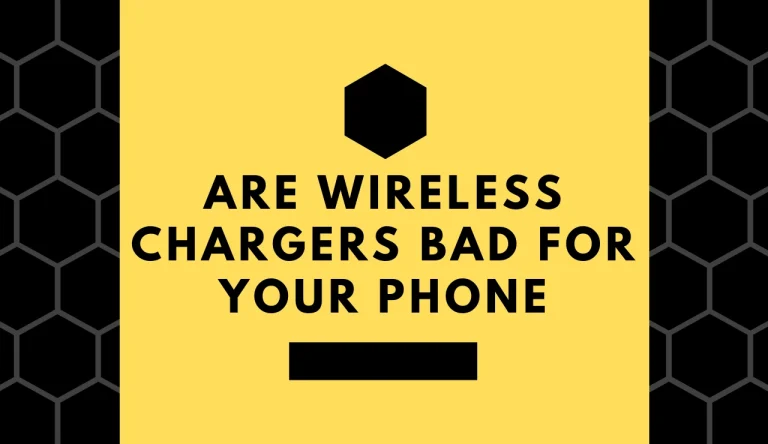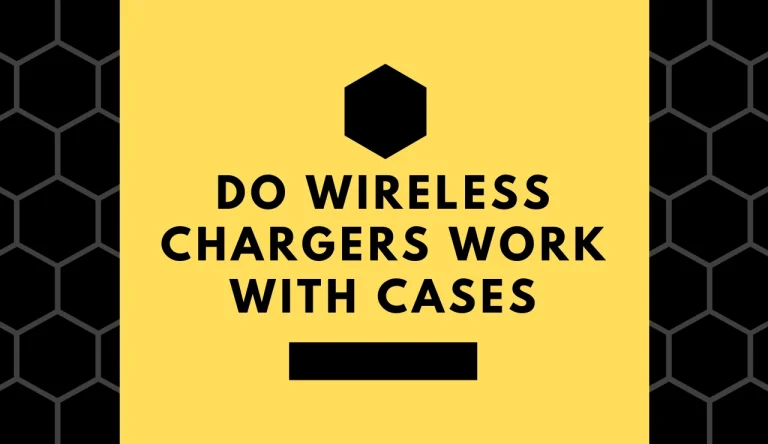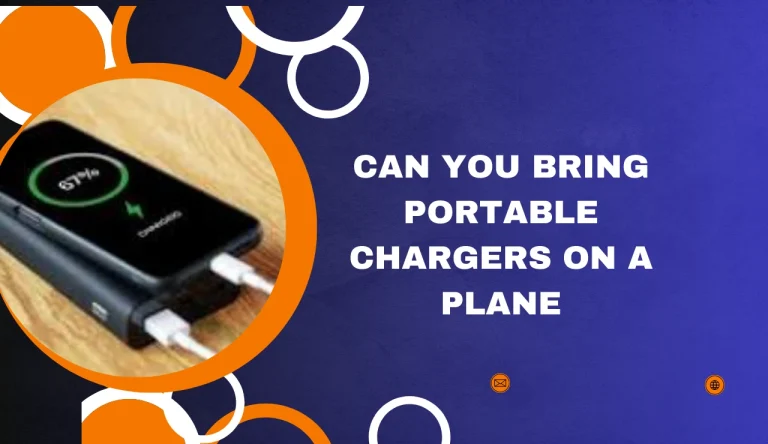How Do Wireless Chargers Work
Do you ever find yourself frustrated with a tangle of charging cords? With wireless chargers, you can say goodbye to the hassle of plugging in your devices. But have you ever wondered How Do Wireless Chargers Work?
In this article, we will delve into the technicalities behind wireless charging and explain it to you in a precise and informative manner.
Wireless charging operates on the principle of electromagnetic fields. Through a process called induction, energy is transferred from the charger to your device without any physical connection. Induction coils play a crucial role in this process by creating alternating magnetic fields that induce an electrical current within your device.
But how does this transfer of energy happen? Magnetic resonance comes into play, allowing for efficient power transfer over short distances. By aligning the transmitter and receiver coils at specific frequencies, these chargers can deliver power to your device seamlessly.
Join us as we explore the ins and outs of wireless charging technology, discuss its compatibility with various devices, weigh its pros and cons, and even peek into future developments in this exciting field.
Get ready to untangle the mysteries behind wireless chargers!
Key Takeaways
- Wireless chargers operate through electromagnetic fields and induction.
- Induction coils generate alternating magnetic fields that induce an electrical current in the device.
- Magnetic resonance technology allows for efficient power transfer over short distances.
- Wireless chargers follow the Qi standard for compatibility and incorporate safety features such as overheating prevention and foreign object detection.
Understanding Electromagnetic Fields
Do you ever wonder how those magical wireless chargers work, effortlessly transferring energy through electromagnetic fields? Well, let’s dive into the technical details.
Wireless chargers operate on the principle of electromagnetic radiation, which is the propagation of energy through electric and magnetic fields. In this case, the charger generates an alternating current that creates a changing magnetic field around it.
This magnetic field then induces a voltage in a receiver coil inside your device, which in turn charges the battery. The process of wirelessly transferring power from the charger to your device is known as wireless power transfer.
Now that we understand how electromagnetic fields play a crucial role in wireless charging, let’s explore induction coils and their significance in this technology.
Exploring Induction Coils
Explore the mind-blowing world of induction coils and experience the fascinating way they bring your devices to life without any wires or plugs. Induction coils are at the heart of wireless charging systems, using inductive charging mechanisms to transfer energy from a power source to your device.
Here’s how it works:
- Magnetic Field Generation: An alternating current flows through a coil, creating a magnetic field.
- Receiver Coil Placement: Your device is equipped with a receiver coil that sits close to the transmitter coil.
- Electromagnetic Induction: The changing magnetic field induces an electric current in the receiver coil.
- Energy Transfer: This induced current charges your device’s battery wirelessly.
Induction coils make wireless charging possible by efficiently transferring energy through electromagnetic fields. But if you’re wondering about even more efficient methods, let’s explore the role of magnetic resonance in improving wireless charging systems.
The Role of Magnetic Resonance
Imagine how much more efficient your devices could be if they utilized the incredible power of magnetic resonance to charge wirelessly. Magnetic resonance plays a crucial role in wireless charging efficiency by allowing for the transfer of energy through the use of magnetic fields.
These magnetic fields are generated by an induction coil in the wireless charger, which creates an alternating current. As this current flows through the coil, it produces a magnetic field that can penetrate non-metallic materials and induce an electric current in a receiver coil within your device. This induced current is then converted back into electrical energy, charging your device without the need for physical contact or cables.
To illustrate the impact of magnetic resonance on wireless charging, let’s consider a table:
| Wireless Charging Method | Efficiency |
|---|---|
| Inductive | 60% |
| Resonant | 85% |
As you can see, utilizing magnetic resonance significantly improves charging efficiency compared to traditional inductive methods.
Now let’s delve into how wireless chargers transfer energy without compromising on safety or performance.
How Wireless Chargers Transfer Energy
To truly understand the magic of wireless charging, picture yourself effortlessly replenishing your device’s battery without any physical connection or wires. How does this sorcery work? Let’s dive into the inner workings of wireless chargers.
- Efficiency of Wireless Charging:
- Inductive coupling: This technology uses an electromagnetic field to transfer energy between two coils, one in the charger and one in the device, ensuring efficient power transmission.
- Magnetic resonance: By tuning both sender and receiver coils to resonate at the same frequency, magnetic fields are used to transfer energy wirelessly with minimal loss.
- Qi standard: The adoption of this universal standard by major manufacturers ensures compatibility and further enhances efficiency.
- Safety Concerns in Wireless Charging:
- Overheating prevention: Wireless chargers employ temperature sensors to monitor heat levels and prevent excessive heating during charging.
- Foreign object detection: Advanced systems can detect foreign objects like keys or coins on the charging pad to avoid causing damage or overheating.
Now that you understand how wireless chargers efficiently transfer energy while addressing safety concerns, let’s explore the compatibility of devices with wireless charging.
Compatibility of Devices with Wireless Charging
Now, let’s see which devices can actually join the wireless charging club. When it comes to compatibility with wireless charging, not all devices are created equal. While most modern smartphones and tablets have built-in wireless charging capabilities, some older models may require a separate accessory or case to enable wireless charging.
Additionally, not all devices support the same charging speeds when using a wireless charger. For example, certain smartphones may only support standard 5W charging while others can handle fast-charging at 10W or even higher. It’s important to check your device’s specifications to ensure compatibility and determine the maximum charging speed it can handle wirelessly.
Understanding these compatibility issues and varying charging speeds allows you to make an informed decision when choosing a wireless charger for your device. Moving on to the next section about the pros and cons of wireless charging…
Pros and Cons of Wireless Charging
Discover the advantages and disadvantages of wireless charging, and how it can revolutionize the way you power up your devices!
Wireless charging offers several advantages that make it an attractive option for device users. Firstly, it eliminates the need for messy cables and connectors, providing a clutter-free charging experience. Additionally, wireless chargers are compatible with a wide range of devices, including smartphones, smartwatches, and even electric toothbrushes. Furthermore, wireless charging allows for convenient charging on the go since all you need is a compatible charging pad or dock.
However, there are also some disadvantages to consider. Wireless chargers tend to charge devices slower than traditional wired chargers. Additionally, they may be more expensive than regular chargers due to the additional technology involved. Despite these drawbacks though, wireless charging technology continues to advance rapidly with future developments focusing on faster-charging speeds and increased compatibility with various devices.
Future Developments in Wireless Charging Technology
Exciting advancements in wireless charging technology are on the horizon, promising faster-charging speeds and expanded compatibility with a wide range of devices. One area of focus is improving wireless charging efficiency to ensure optimal power transfer between the charger and device.
Researchers are exploring new materials, such as gallium nitride (GaN), which can handle higher voltages and operate at higher frequencies, resulting in more efficient charging. Additionally, innovations in coil design and placement aim to maximize energy transfer while minimizing heat generation.
Another exciting development is the ability to wirelessly charge multiple devices simultaneously. Companies like Apple are working on technologies that allow users to charge their iPhone, AirPods, and Apple Watch all at once on a single charging pad. This multi-device charging capability eliminates the need for multiple chargers or cables cluttering up your space.
The future of wireless charging holds great promise with advancements in efficiency and multi-device compatibility. As these developments continue to unfold, we can look forward to a more convenient and streamlined charging experience for our devices.
| Advancements | Description |
|---|---|
| GaN Technology | Gallium Nitride (GaN) offers improved efficiency by handling higher voltages and operating at higher frequencies. |
| Coil Design | Innovative coil designs optimize energy transfer while minimizing heat generation during wireless charging. |
| Multi-Device Charging | Future technologies will enable simultaneous wireless charging of multiple devices on a single pad or station. |
Frequently Asked Questions
Conclusion
So, now you know how wireless chargers work. Understanding the concept of electromagnetic fields is key to comprehending the technology behind wireless charging. Induction coils play a crucial role in transferring energy between the charger and the device.
Magnetic resonance further enhances this process by increasing the efficiency of energy transfer. Although not all devices are compatible with wireless charging, it offers convenience and eliminates the hassle of tangled cables.
As technology advances, we can expect even more developments in wireless charging technology in the future.

